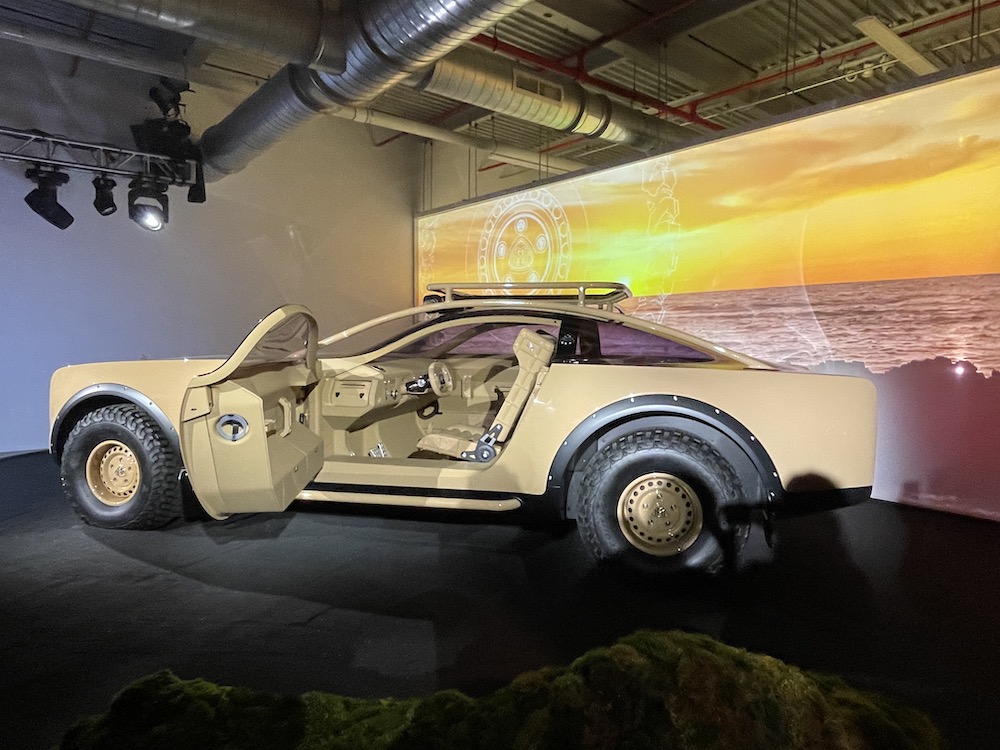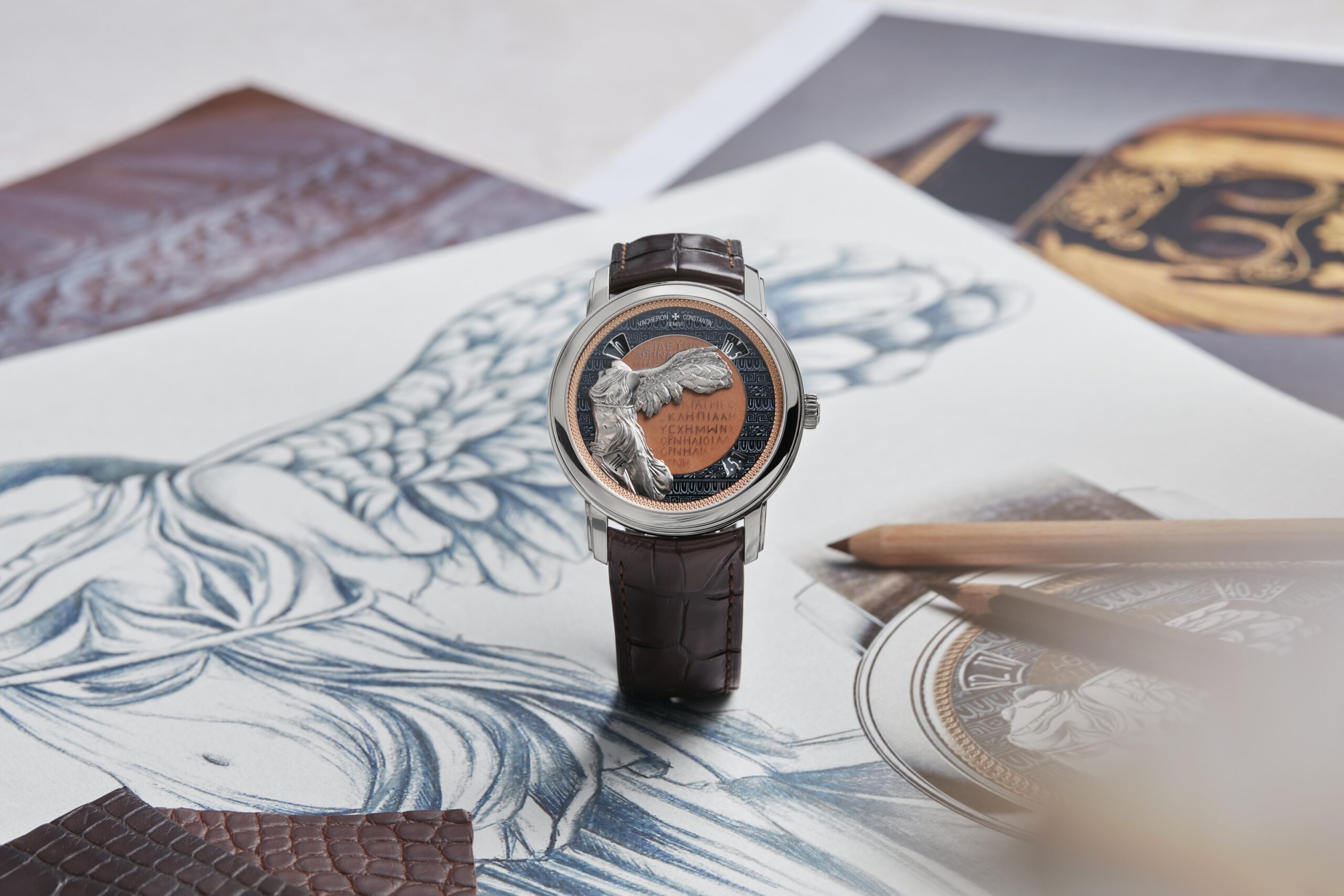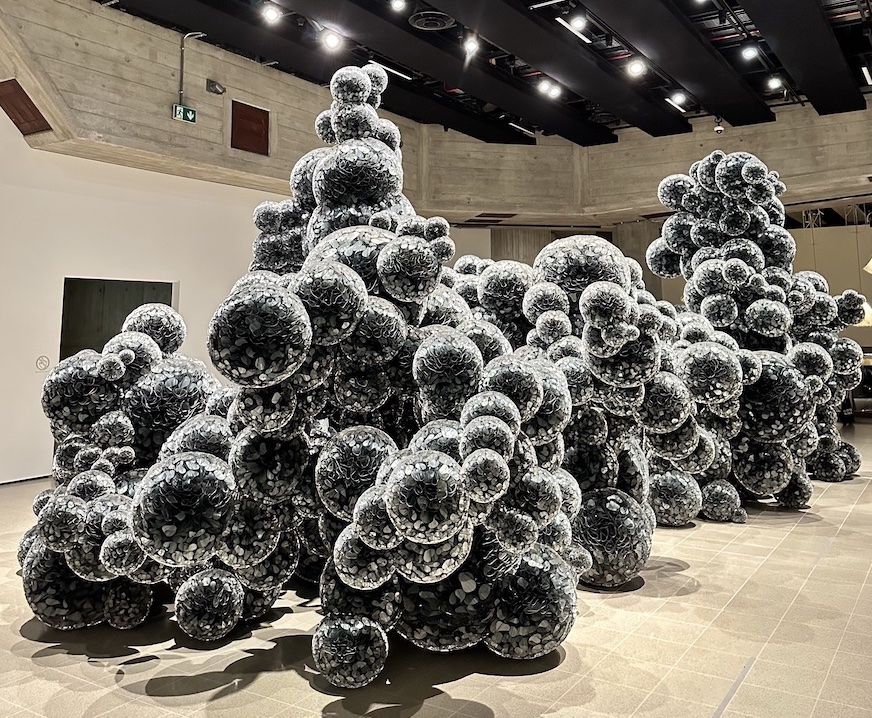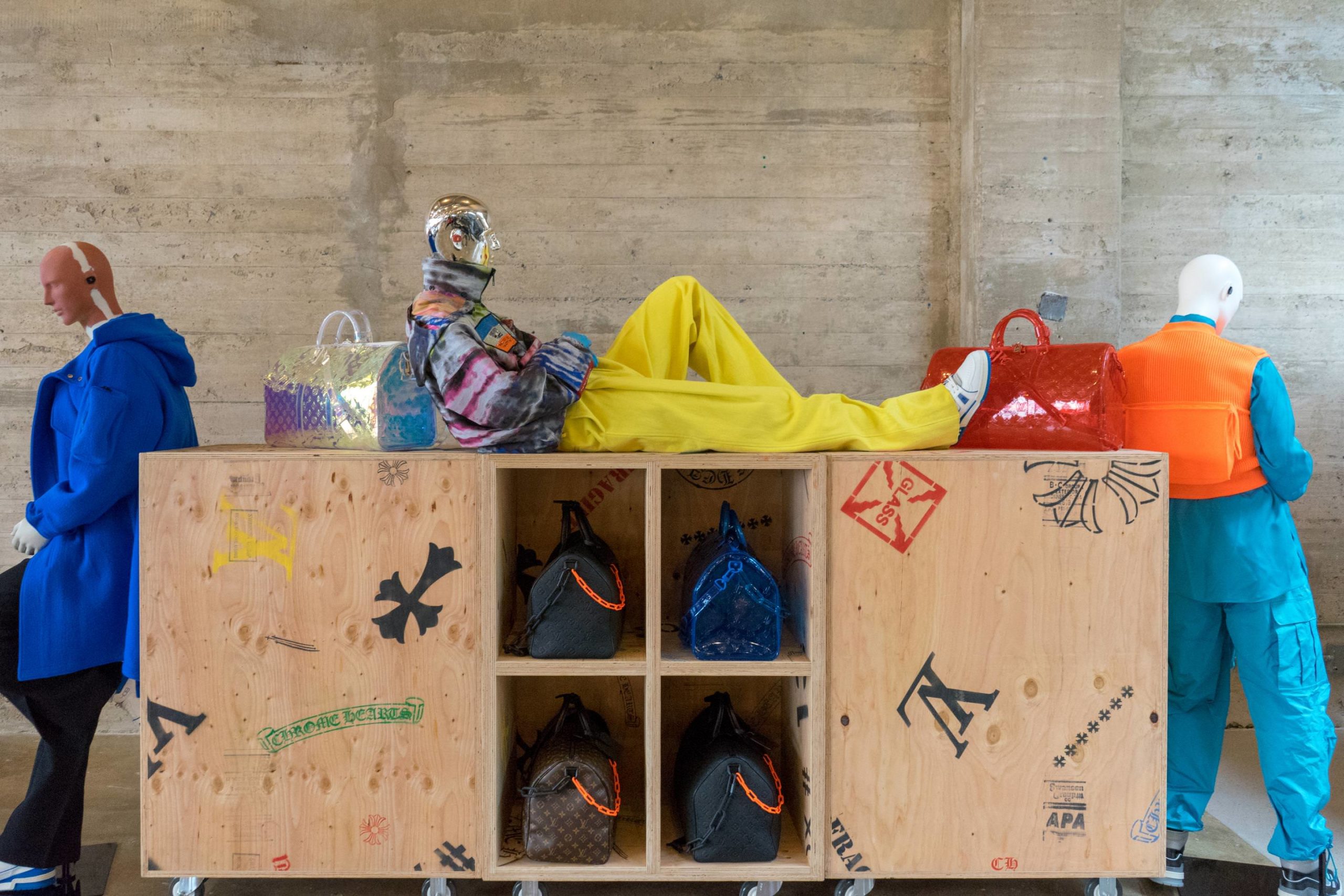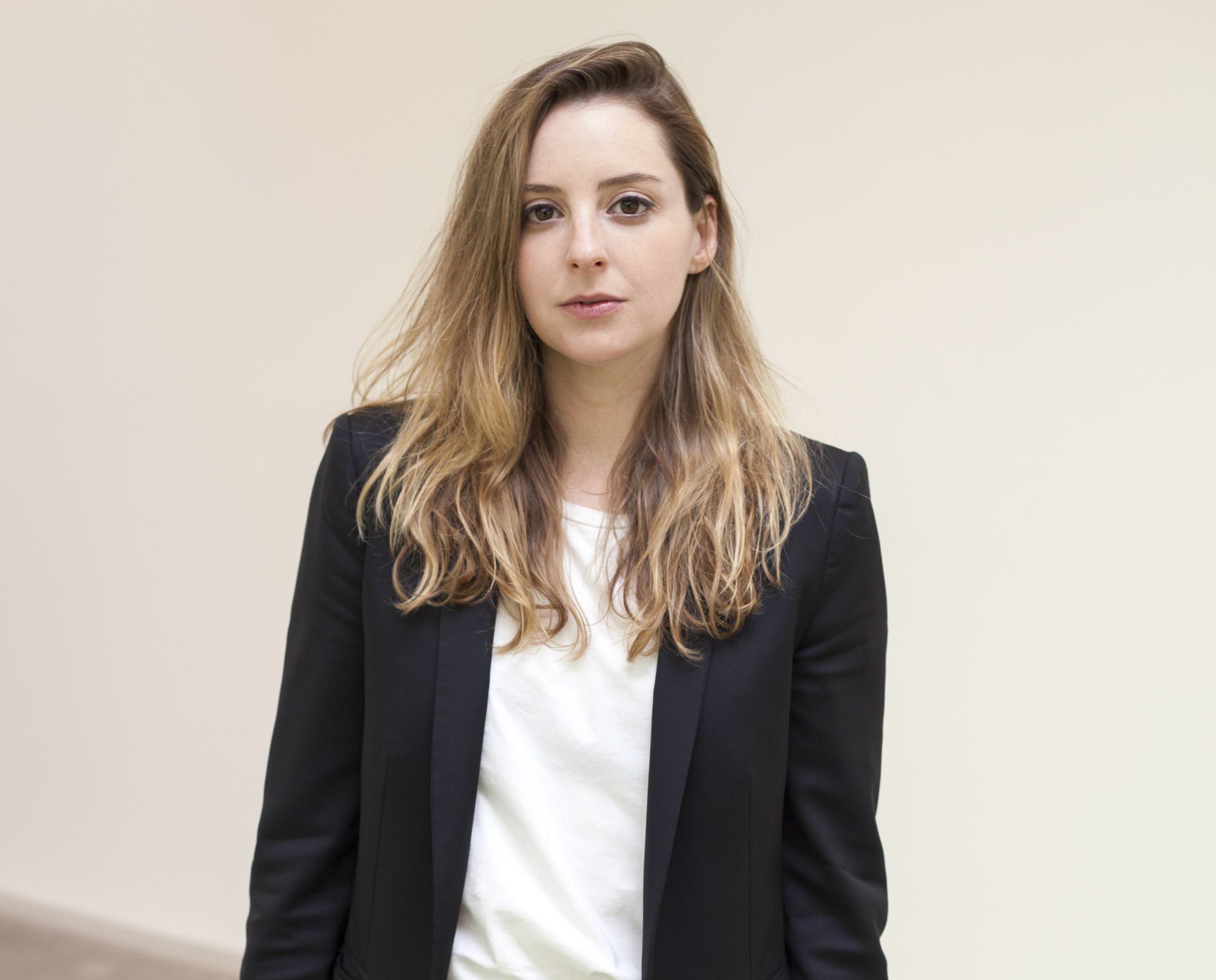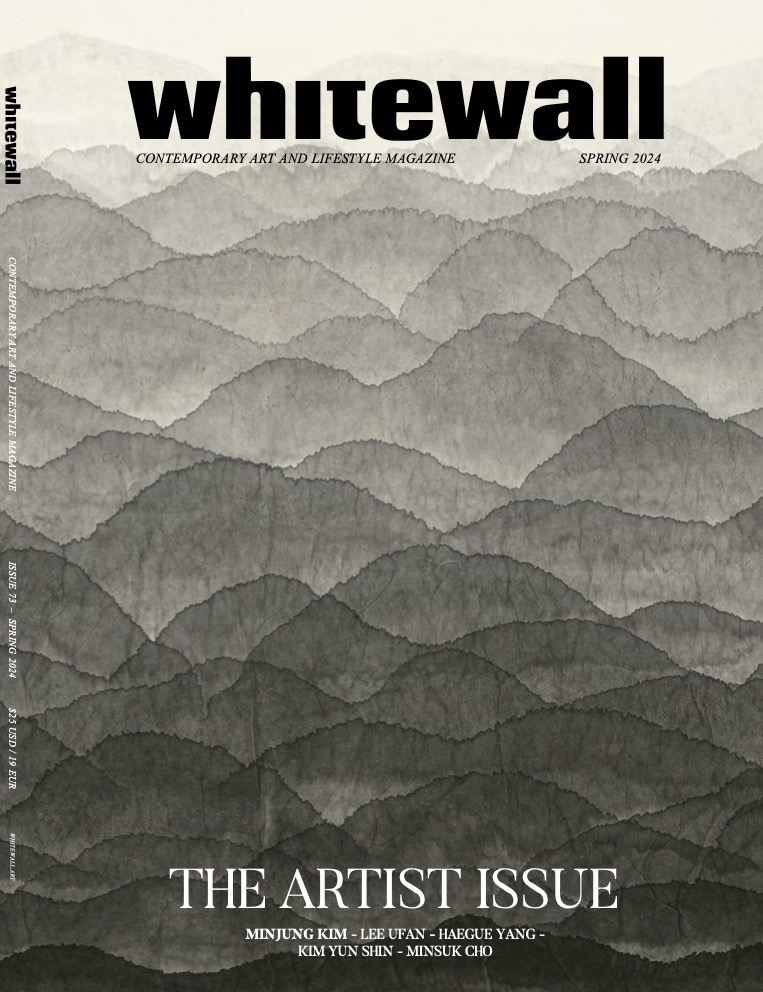Tony Cragg’s artistic legacy is in its craft—he is accomplished in translating our neurological reactions into three-dimensional objects. The sculptor manifests meaning into his work, pulling from both the physical and material worlds, and the internal and intellectual worlds.. For this edition of Whitewaller, we spoke with Cragg about his upcoming shows at Lisson Gallery (October 1—November 5) and Yorkshire Sculpture Park (March 4—September 3, 2017), and about his fascinations with the complex, and often times materialistic, mind.
WHITEWALLER: Your fourteenth show at Lisson Gallery is set to open around the same time as Frieze. What can we expect?
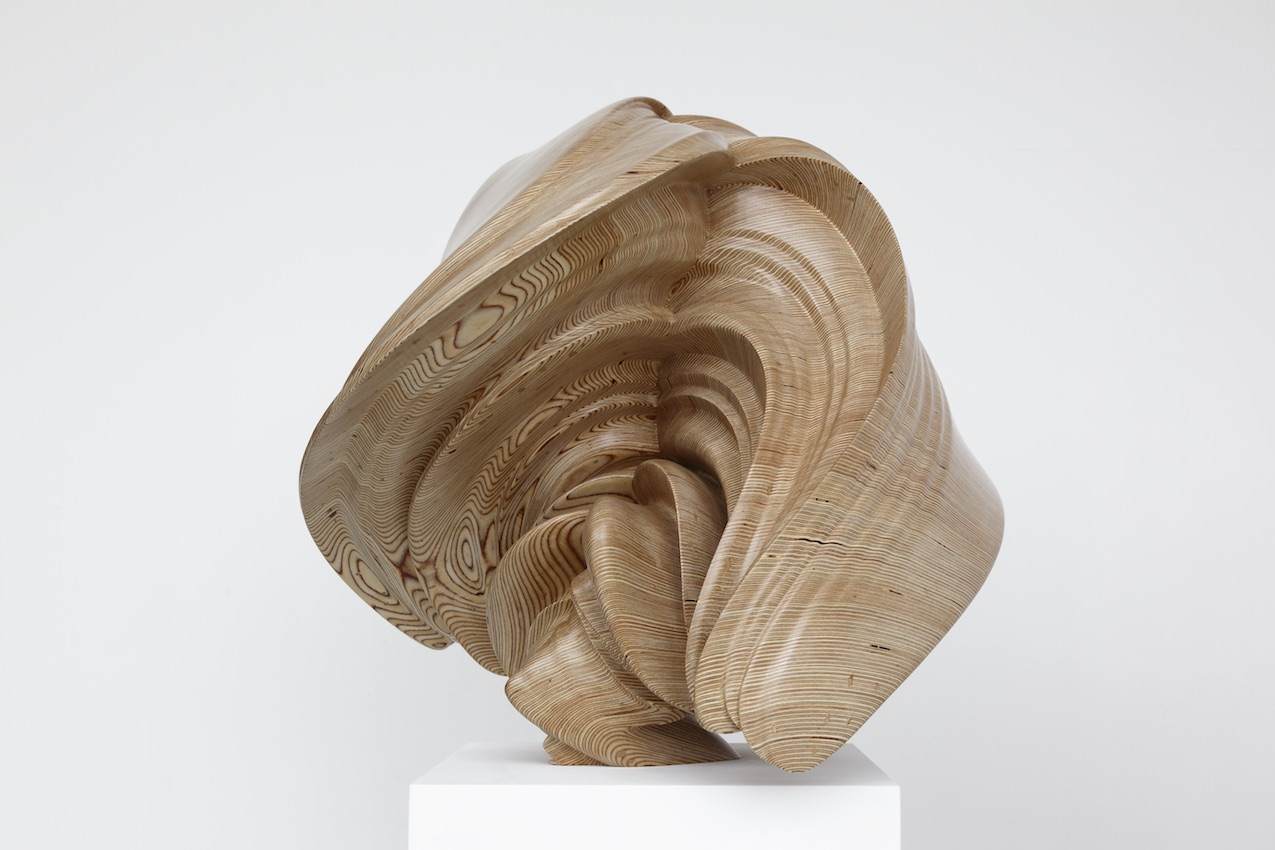
Photograph by Mart Engelen
TONY CRAGG: The exhibition is in two venues in the Lisson Gallery. It’s a continuation of some works that I started in the mid-eighties, and this is the latest development of some of those works. Then, there will be a new group of blown glass works, which were made in Murano, and a new group of works, which are called “Industrial Nature.”
They’re very frontal works that have complex internal structures, which are quite new for my work. Fundamentally, it remains to do with the materials around us, and how we convert materials into thoughts, and also, the relationship between natural forms and manmade forms.
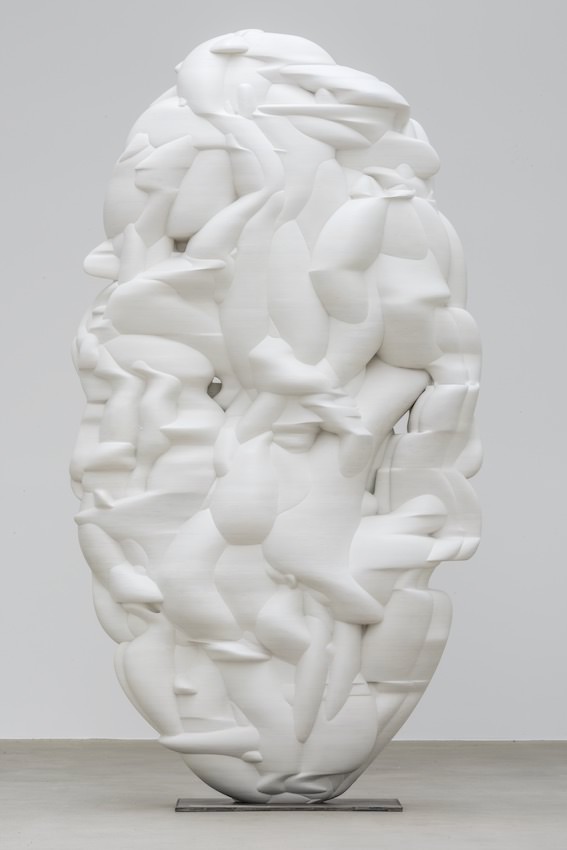
© Tony Cragg
Courtesy of Lisson Gallery
WW: You’re also gearing up for an upcoming spring show at the Yorkshire Sculpture Park, which is the largest to date. Can you tell us about your new pieces that will appear in the venue’s central gallery and Open Air?
TC: There’s certainly an awareness of the relationship of the geometric forms and organic forms. We seem to think of them as being two different aesthetic groups of objects, but the truth is that even our own bodies, our figures, do not and would not function without geometry—in our cells, molecules, bone structures, organs. It shows that relationship between the dichotomy. It’s also about the idea of an emotional quality and unemotional quality.
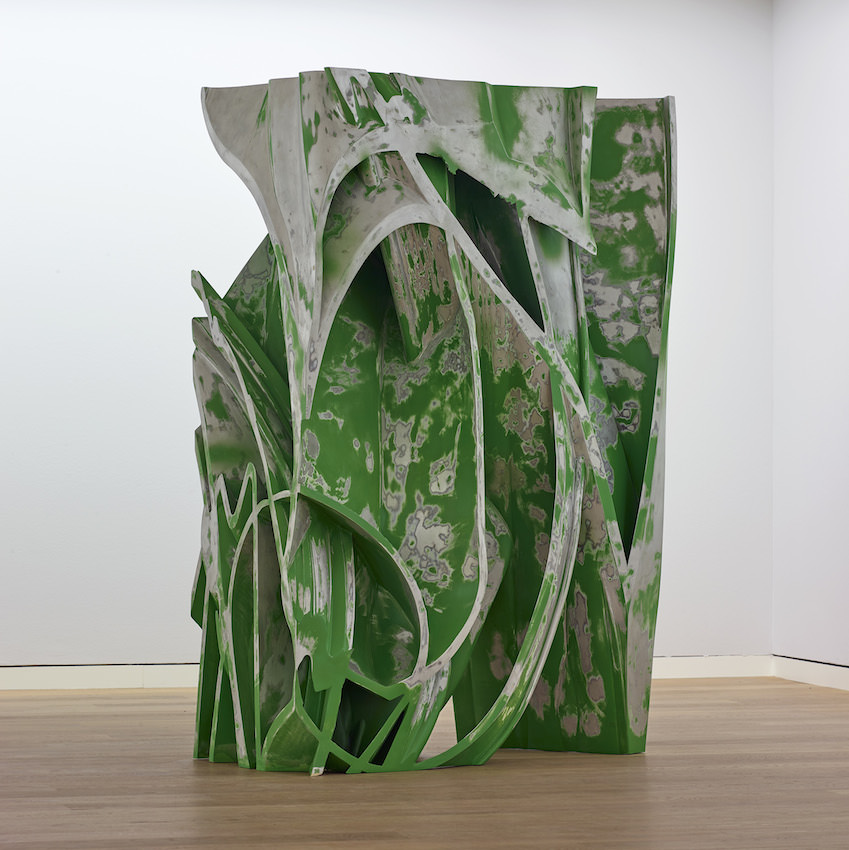
Willow, 2014
WW: Most everything you create starts with a drawing. When do you find it best to draw?
TC: Well, I draw almost every day. One drawing I do is in my studio. A group of people help me make the work, and sometimes it’s necessary to write down, or draw, or just put on paper what we’re talking about or how I envision the form. And then, there’s another kind of drawing I do on my own where I’m playing, trying to develop new sculpture forms, and using drawing as a kind of adventure, which it is.
WW: Let’s talk a little bit about your fascination with the human mind…
TC: Well, it has a little bit to do with my entire attitude with making a sculpture. I acknowledge the fact that everything we have in our minds comes from outside. We feel materials by the light that’s reflected from the surface of those materials. In doing that, the information we get from this material we turn into thought and into language. All language has come from the material world around us. So when I see a piece of material, I then also see this sort of cloud or envelope of meaning behind that material; there’s an associative feel around that material. The only way that that can take place is when things are in our minds. There is a hierarchy of materials, and the neuron is the most complicated of all of the materials we know. It has the most complicated function, and it’s that what makes our reality possible.
